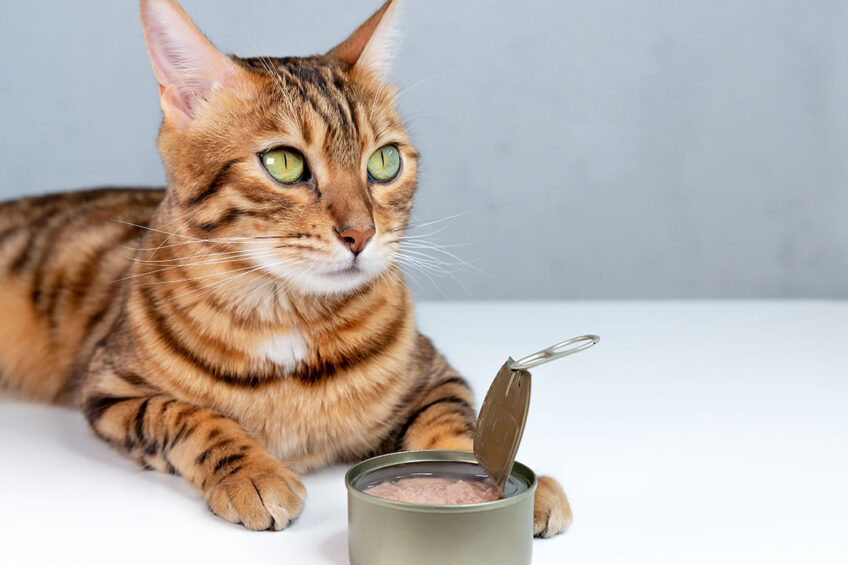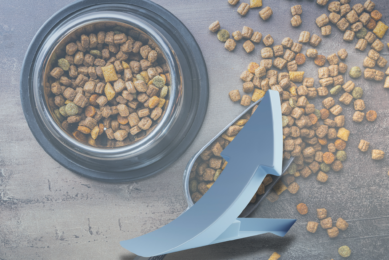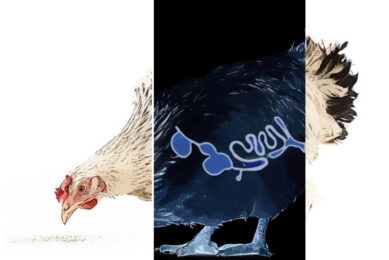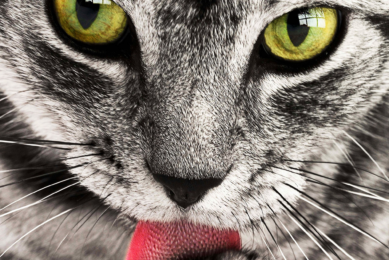UK: Rising levels of salmonella in raw meat-based pet food causes concern

Rising levels of salmonella in raw meat-based pet food is posing a potentially serious risk to both animals and humans.
Latest figures released by the UK’s Animal and Plant Health Agency (APHA) show an increase in Salmonella reports from 295 in 2021 to 406 instances last year. Overall, 123 isolations of regulated serovars were recorded in 2022 – up from 71 the previous year. The most common found wee Salmonella Indiana, Salmonella Infantis and Salmonella Typhimurium and Salmonella Derby.
Contaminated raw meat pet food, which does not undergo any heat treatment to deactivate pathogens, may represent a potential source of infection to both the dogs consuming it and people who handle it, especially if insufficient hygiene methods are adopted.
The APHA report said
Multi-drug resistant strains
The report also highlighted the presence of multi-drug resistant strains, including those resistant to antibiotics of last resort, in cats, dogs and raw pet food.
The findings raise concerns about the transmission of salmonella from pets to humans and potential onward transmission to other livestock species. Last month a raw animal feed manufacturer from Wales was prosecuted after salmonella and other bacterium above permitted limits were identified in samples.
Salmonella from feedingstuffs
Looking across the feed sector, there were 801 isolations of Salmonella from feedingstuffs during 2022, including 110 from compound feeds and 691 from feed ingredients or products associated with testing under Animal By-Products Regulations. This represented a 4.1% decrease compared with 2021 but a rise of 6% on 2020 figures.
There were 187 isolations of regulated Salmonella serovars from animal feedingstuffs and related products – key serovars of wider public health importance, which was 51% higher than in 2021 and 75% higher than 2020 with S. Indiana – 61 and S. Typhimurium – 53 being the most prominent strains.
The most reported serovars from animal feedingstuffs and compound feed during 2022 were S. Kedougou (68), S. Infantis (61) and S. Typhimurium (53).
Across the livestock species, numbers of isolations were similar in the pig sector as in 2021, 17.5% lower in the cattle sector and 35% down in the sheep sector. In the poultry sector, including both the National Control Programme (NCP) and non-statutory surveillance data, there were just over 2,400 isolations – up from 1,671 in 2021.
The estimated prevalence of regulated serovars in all three chicken NCPs were below the EU targets set for breeders of 1% (0.26%), layers 2% (0.27%) and broilers 1% (0.03%).











